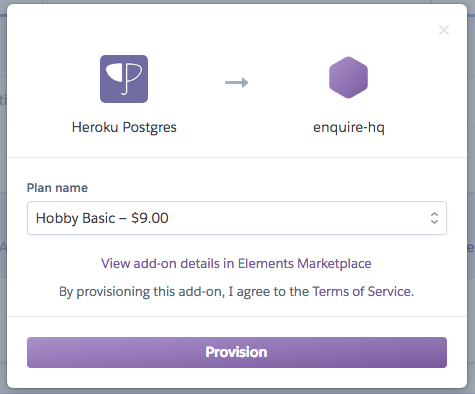Productive Bounce Rate: A New Ecommerce Metric That Measures Brand Positioning

The other day I did something that you’re not supposed to do: I created an ecommerce metric, Productive Bounce Rate, and tried to convince DTC brands why they should pay attention to it.
I’ve been told that inventing your own metric is swimming upstream. Anyone in charge of growth at a DTC brand, from founders to social media managers, is already awash in metrics: customer acquisition cost, conversation rate, email open rate, and on and on.
Why add to the confusion? And what the heck is PBR?
The origins of PBR are in an obscure baseball statistic: productive out percentage (POP). In baseball, not all outs are created equal -- for instance grounding out and advancing a runner is better than striking out and not advancing the runner. Today, the idea of trading an out for a base has fallen out of favor for more offensively-minded statistics like exit velocity, but the idea that not all outs (or hits or catches) should be counted equally stuck with me.
My invented metric, PBR, stems from the idea that not every bounce should be treated the same. There's a difference between people who bounce with a really clear idea of the brand's positioning and people who don't. PBR simply measures the percent of shoppers who bounce -- but with the belief that the brand they were just exposed to provides a unique and valuable benefit to the category and the ability to accurately state that benefit.
Why does PBR matter?
There are two reasons. The first is that shoppers who are 100% clear about what you sell and why you’re different are far more likely to become paying customers than shoppers who are not — even if they bounce. A DTC brand wants more of these shoppers in the world, not fewer.
The second is that while PBR might be yet-another-metric, it nudges anyone responsible for growth at a consumer-facing brand to step outside their own shoes and ask, “Do we know what percent of shoppers who visit our business get what makes our positioning unique and valuable?” To increase the percent of shoppers who do is to not only reduce the number of confused shoppers. It is to address a key component of growth. The success of a business depends on shoppers hearing and agreeing with the brand’s key message.
How do you measure PBR, exactly?
Well, it’s less of a science than weighing outs. It involves asking customers the most straightforward question you could ask them, with a simple yes or no response: “Does this brand offer a unique benefit you haven’t found anywhere else?”
If you’re not 100% certain that your positioning is reflecting exactly what you want your brand to say, it might be worth measuring what percent of customer say “no.”
Sam is the Founder of McNerney Insights & Marketing, which provides an easy, fast, and accurate way for brands to get feedback on their positioning.





















